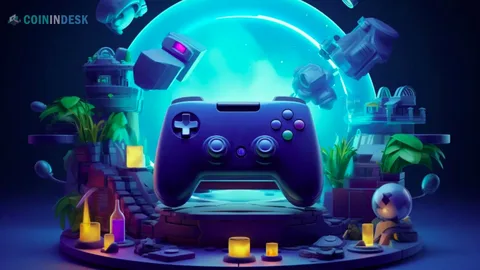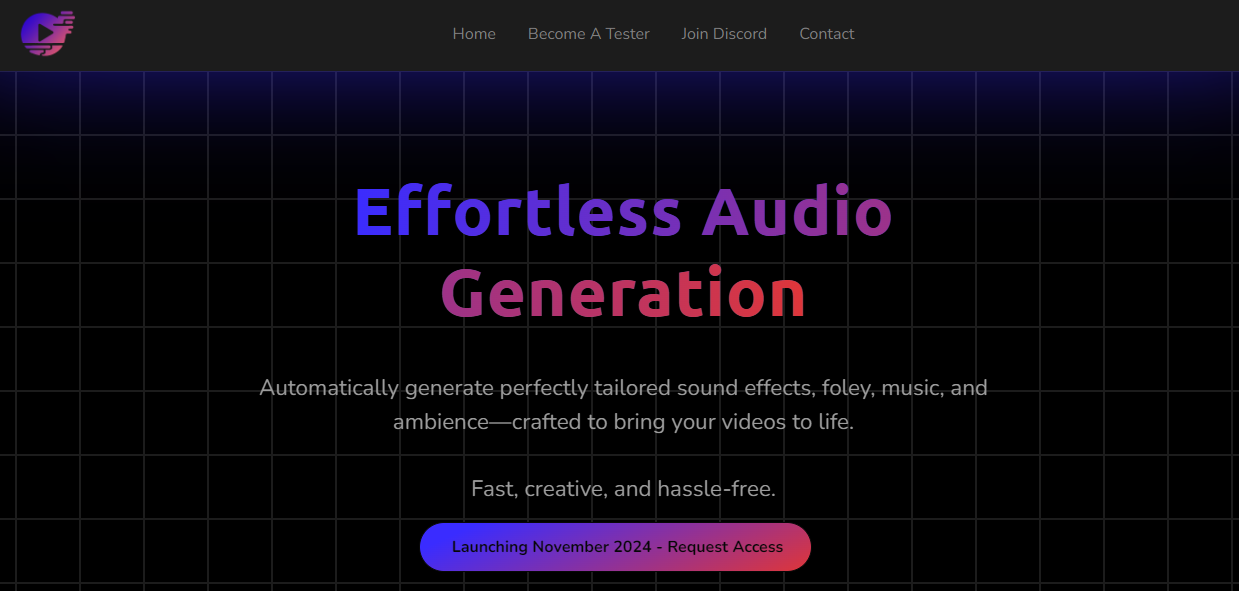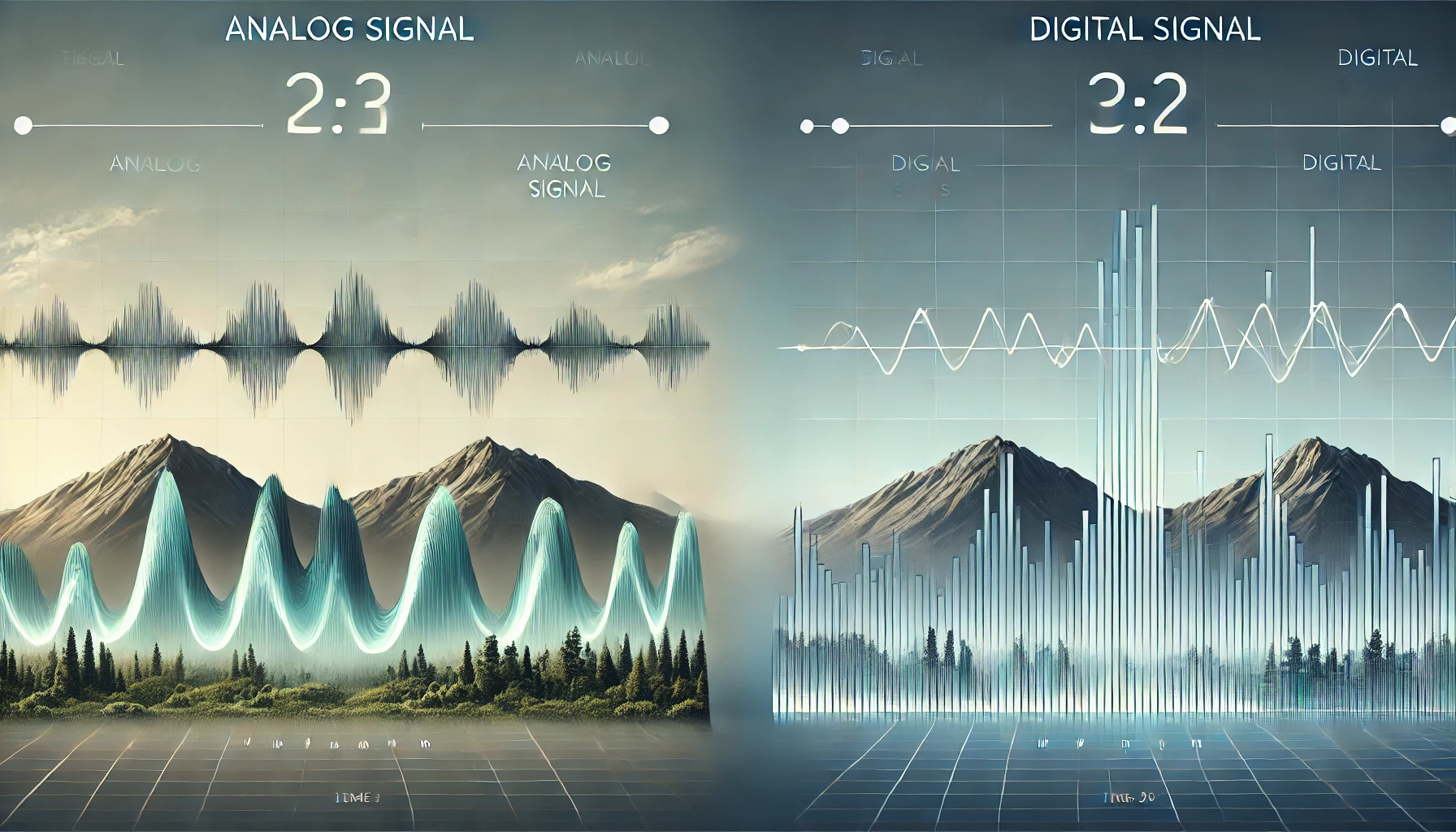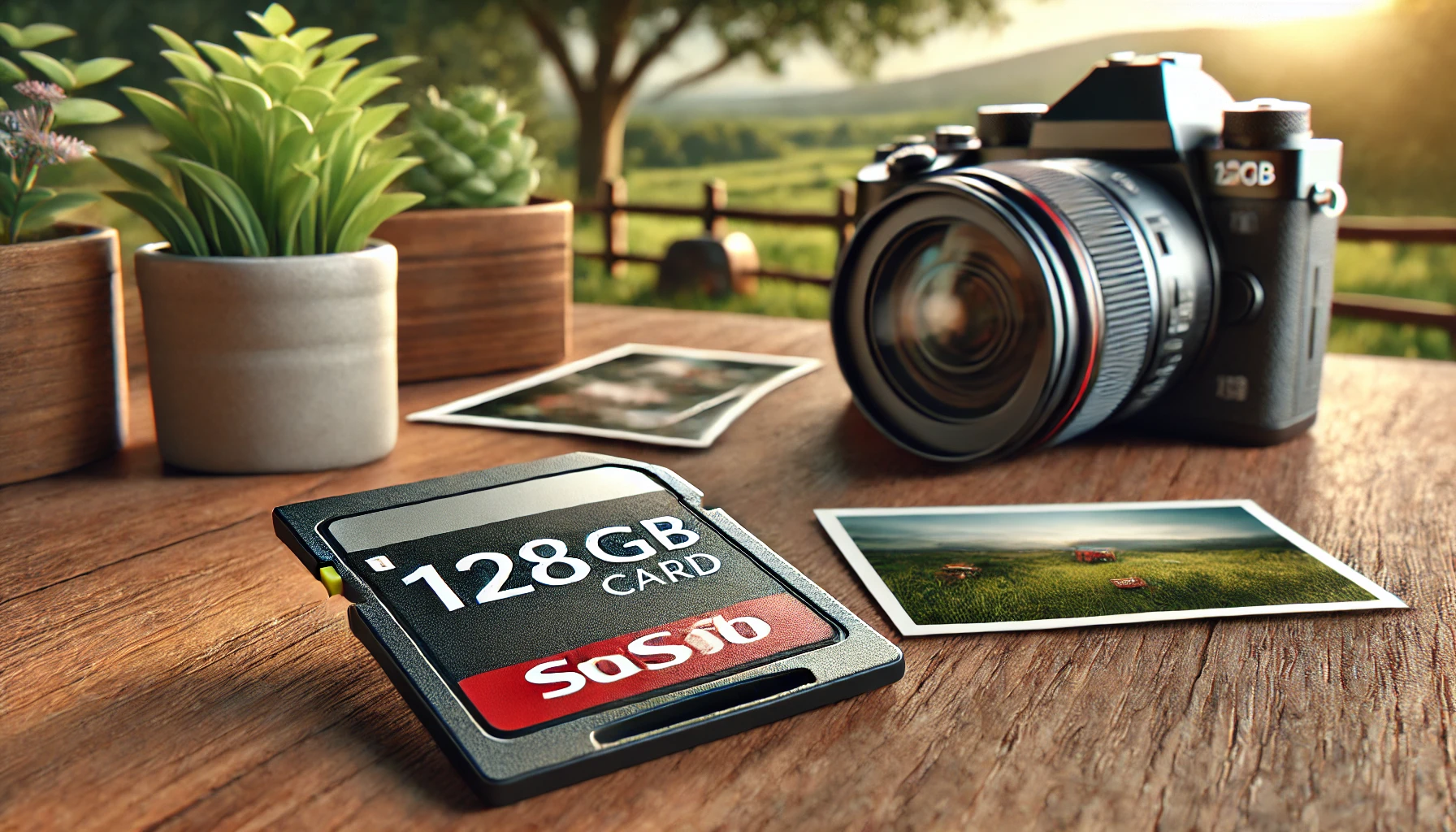Creating an NFT game is an exciting yet complex process that combines creativity, technology, and strategic planning. As someone who has navigated the world of NFT games and blockchain development, I can offer insights not only from a technical standpoint but also from a broader perspective on how to create a successful game. When you’re working on creating an NFT game, it’s not just about writing code or designing characters. You’re building a world where digital ownership, player engagement, and game mechanics combine to offer a unique and sustainable experience.
Table of Contents
ToggleUnderstanding NFT Games and Why They Matter
Before diving into how to create an NFT game, let’s first understand why NFT games are growing in popularity. NFTs (Non-Fungible Tokens) offer players real ownership of in-game assets, from skins and weapons to characters and land. Unlike traditional games where these assets are locked within the game’s ecosystem, NFTs can be bought, sold, and traded on various marketplaces, giving them real-world value. This creates new opportunities for both players and developers. Players can invest in their favorite games, and developers can create new revenue models through in-game economies and digital collectibles.
NFT games differ from traditional games in one fundamental way—players truly own their in-game items. Whether it’s a rare sword, a piece of land in a virtual world, or even a character, the value of these assets transcends the game itself. This creates a deeper connection between the player and the game because the player can trade, sell, or collect valuable assets. For developers, the challenge and opportunity lie in designing an engaging game while maintaining a functional and sustainable NFT economy.
Step 1: Choosing the Right Development Platform
When starting the journey of creating an NFT game, one of the first choices is the platform on which the game will be developed. While native apps are widely popular, a hybrid app development company can offer significant advantages, especially in the fast-evolving space of NFT gaming. Hybrid development allows you to create a game that can be launched on multiple platforms—both iOS and Android—using a single codebase. This approach not only saves time and resources but also enables a wider player base, allowing more users to experience your game.
Why consider hybrid development? Hybrid apps combine the best features of both web and mobile applications. By opting for hybrid app development, you get the flexibility to update and manage your game more easily while reducing the costs associated with building separate native apps for different platforms. Given the competitive nature of the NFT gaming space, having your game available on multiple platforms from the start can give you a significant advantage.
A hybrid app development company will also be able to ensure that your NFT game operates seamlessly across all devices, maintaining the same performance standards and user experience whether the player is on a smartphone, tablet, or desktop. In an industry where user experience can make or break a game, this cross-platform consistency is crucial.
Step 2: Defining the Game’s Economic Model
The economic model of your NFT game is what will set it apart from traditional games. NFT games rely heavily on an in-game economy where players can earn, trade, and invest in digital assets. These assets, represented by NFTs, must have real value, both within the game and in the marketplace. For this, it’s important to partner with an experienced nft game development company that can guide you in setting up a sustainable economy.
One of the first decisions you’ll need to make is which blockchain to use. Ethereum is the most well-known blockchain for NFTs, but it’s not the only option. Other blockchains like Solana, Binance Smart Chain, and Polygon offer lower transaction fees and faster processing times, which could improve the player experience by making transactions smoother and cheaper. An nft game development company can help you evaluate the pros and cons of each blockchain, depending on your game’s specific requirements.
Another important aspect of the economic model is determining how NFTs will be used within the game. Will players be able to earn NFTs through gameplay? Or will they need to purchase them through an in-game marketplace? You might also consider implementing a play-to-earn (P2E) model, where players can earn cryptocurrency rewards for achieving certain in-game milestones. The key here is to create an economic structure that balances both engagement and sustainability, making sure that your game’s economy can thrive long-term.
Step 3: Creating an Engaging Game with Unique Mechanics
An NFT game can’t just be about the digital assets—it also has to be fun and engaging. This is where game mechanics come into play. When designing your game, think about what will keep players coming back for more. Successful NFT games often use a combination of rarity, utility, and rewards to motivate player engagement. For example, you can create limited edition NFTs that offer exclusive abilities or power-ups within the game.
To develop these unique mechanics, it’s crucial to collaborate with an nft game development company that understands the balance between gameplay and NFT integration. Not all NFTs need to be high-value assets—sometimes, smaller, more common items can still add value by enhancing the gameplay experience. The important thing is to design a system that rewards both casual and hardcore players, keeping them engaged and incentivized to explore deeper levels of the game.
One common feature in NFT games is staking, where players can lock up their NFTs or in-game tokens in exchange for rewards. This not only adds a new layer of strategy but also encourages long-term investment in the game. Another popular mechanic is the use of governance tokens, which allow players to vote on game updates, changes, or new features. This sense of ownership and participation can enhance player loyalty and engagement.
Step 4: Building a Marketplace for In-Game Assets
Once your game’s core mechanics are in place, the next step is to create a marketplace where players can buy, sell, and trade NFTs. The marketplace is a critical component of any NFT game because it allows players to monetize their in-game assets, turning them into real-world investments. A secure and user-friendly marketplace is essential for building trust with your player base.
Integrating a marketplace into your game requires a deep understanding of blockchain technology. You’ll need to ensure that every transaction is recorded securely on the blockchain, and that players can easily navigate the buying and selling process. This is where partnering with an nft game development company that specializes in marketplace integration becomes invaluable. They can help you create a seamless experience for users while maintaining the security and integrity of every transaction.
In addition to creating a place for trading NFTs, your marketplace should also allow players to discover new items, engage in auctions, and participate in special events. Gamification of the marketplace itself—such as adding leaderboards, exclusive sales, or timed challenges—can add another layer of excitement and keep players coming back.
Step 5: Ensuring Seamless Updates and Scalability
The world of NFT gaming is constantly evolving, which means your game needs to be adaptable. Regular updates are essential to keeping your game fresh and exciting for players. Whether it’s adding new features, introducing new NFTs, or balancing game mechanics, having a system in place for seamless updates is crucial. This is another reason why choosing a hybrid app development company can be beneficial, as they can implement updates across all platforms without needing to maintain multiple codebases.
Scalability is also a key consideration. As your player base grows, so will the demand for your game’s infrastructure. Ensuring that your servers can handle increased traffic, especially during peak times, is vital to maintaining a smooth player experience. A skilled nft game development company can help you anticipate these challenges and build an infrastructure that can scale efficiently.
Step 6: Building a Strong Community Around Your Game
No game, NFT-based or otherwise, can succeed without a passionate community. Building that community starts long before your game is even released. Many successful NFT games use platforms like Discord, Twitter, and Telegram to engage with potential players, offer sneak peeks, and create buzz. A strong pre-launch marketing campaign can generate excitement and attract early adopters who are eager to invest in your game’s NFTs.
Once your game is live, maintaining an active and engaged community becomes even more important. Consider creating exclusive in-game events or offering early access to new features for your most loyal players. Community-driven development—where players can provide feedback, suggest changes, or even vote on future updates—can foster a sense of ownership and increase player retention. Partnering with a forward-thinking nft game development company will give you the tools and strategies needed to grow and nurture your game’s community.
for more information visit
Step 7: Launching Your NFT Game
When it’s finally time to launch your NFT game, everything should come together seamlessly. This is the moment where your hard work pays off, and players can dive into the world you’ve created. A successful launch is all about timing, coordination, and preparation. Make sure your servers are ready to handle traffic, your marketplace is fully functional, and your community is excited to start playing.
One final tip: Don’t underestimate the power of partnerships. Collaborating with influencers, content creators, or other gaming platforms can help spread the word about your game and attract new players. Whether through sponsorships, collaborations, or joint marketing efforts, these partnerships can give your game the boost it needs to succeed in a crowded market.












